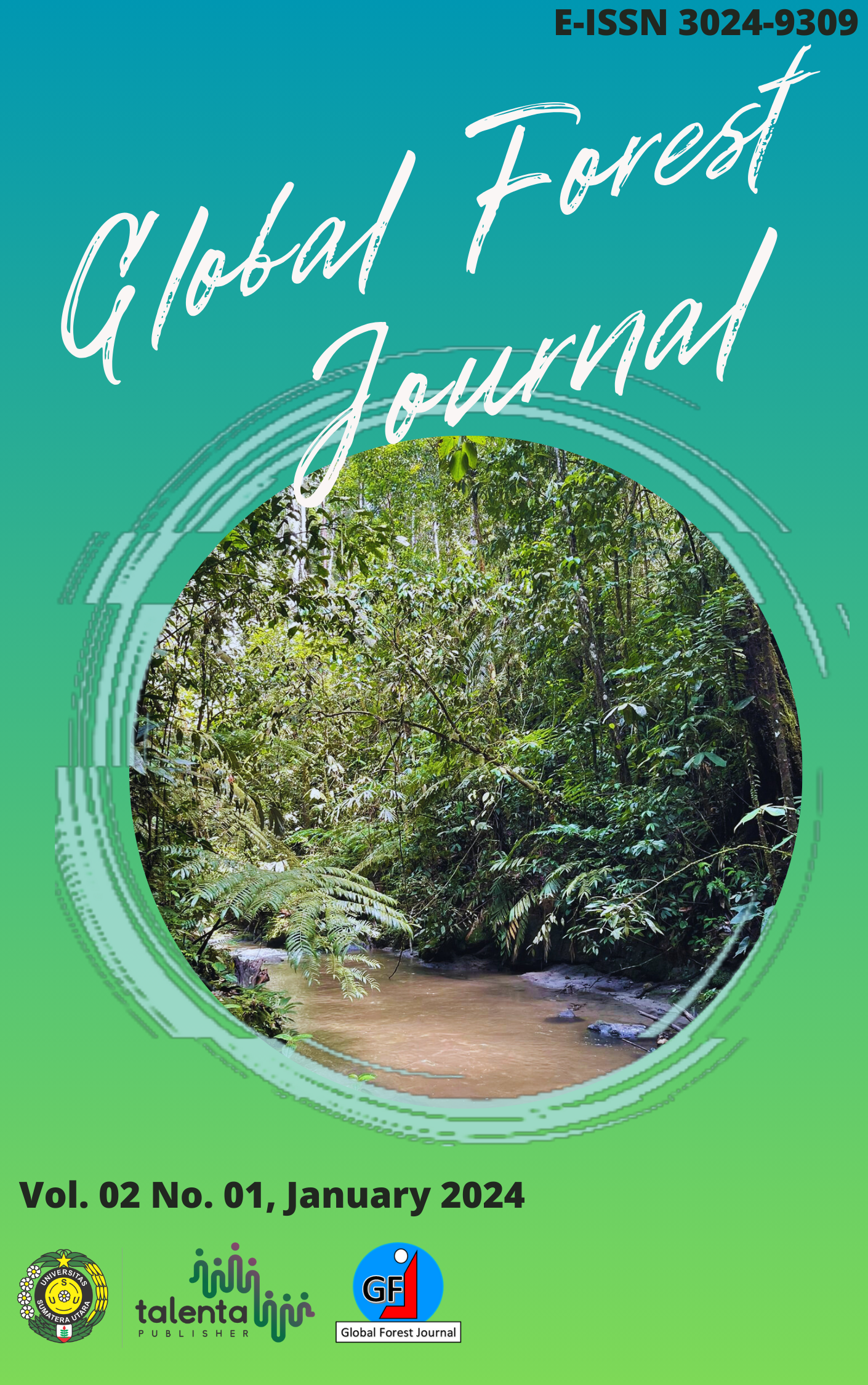Cellulose first fractionation strategy in lignin valorization: A mini review
DOI:
https://doi.org/10.32734/gfj.v2i01.15563Keywords:
Biorefinery, Condensation, Fractionation, Lignin Modification, Technical LigninAbstract
Lignin, a naturally abundant aromatic polymer of natural origin, offers numerous desired intrinsic properties belonging to rich functional groups. However, the lignin properties vary influenced by the source of biomass (hardwood, softwood, and herbaceous) with different monomer unit proportions, delignification methods, and isolation techniques. To extract lignin, two routes have been introduced i.e. cellulose first fractionation and lignin first fractionation. The focus of this review is revisiting the strategy of cellulose first fractionation in which lignin is mainly present as a side product of the delignification process via the sulfur-bearing process and the non-sulfur-bearing process. After that process, the isolation process was employed in black liquor as a by-product of the process. By this route, technical lignin is produced with the potential to convert into biomaterial feedstocks. The main property concern of this lignin is its condensed structure which requires further modification for specific purposes. Physical and chemical modification can be introduced to increase the reactivity of lignin to widen the application
Downloads
Downloads
Published
Issue
Section
License
Copyright (c) 2024 Global Forest Journal

This work is licensed under a Creative Commons Attribution-ShareAlike 4.0 International License.












